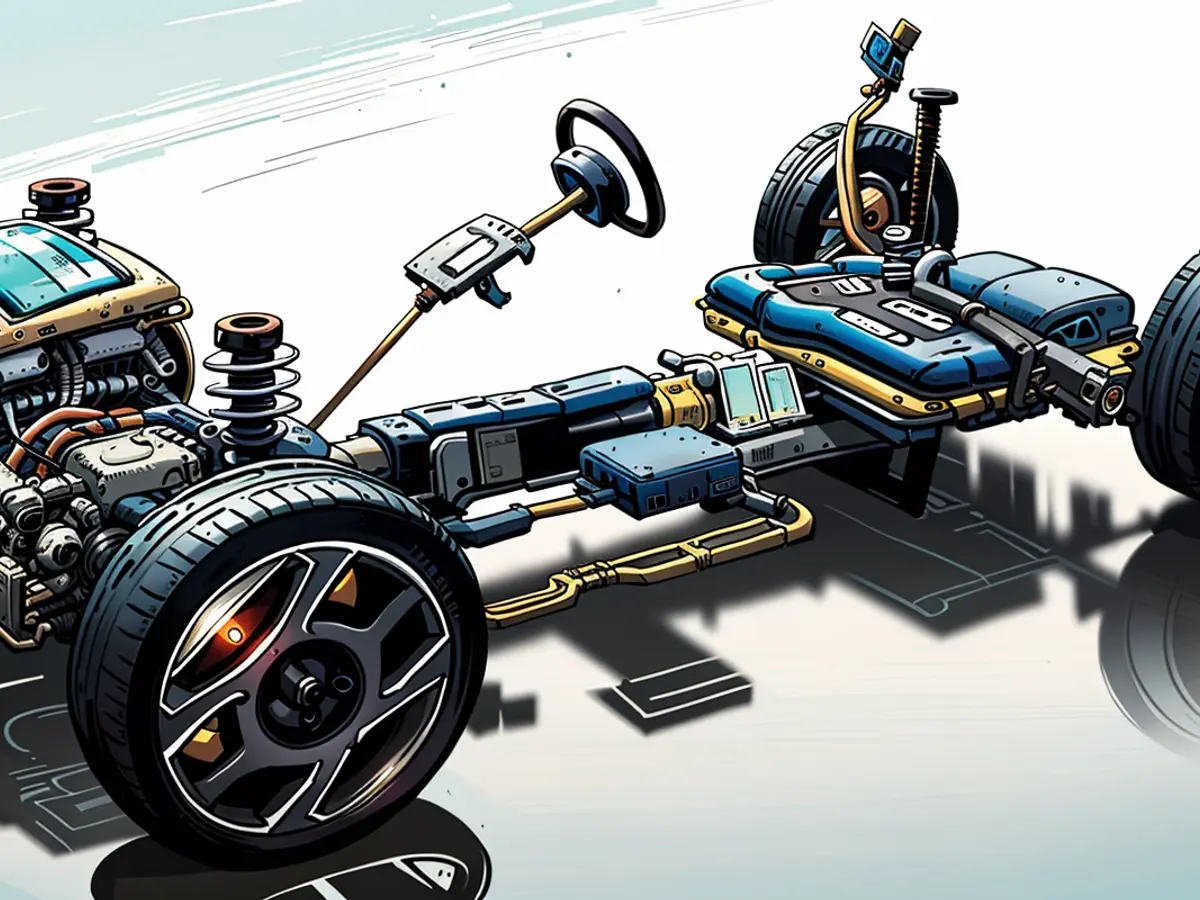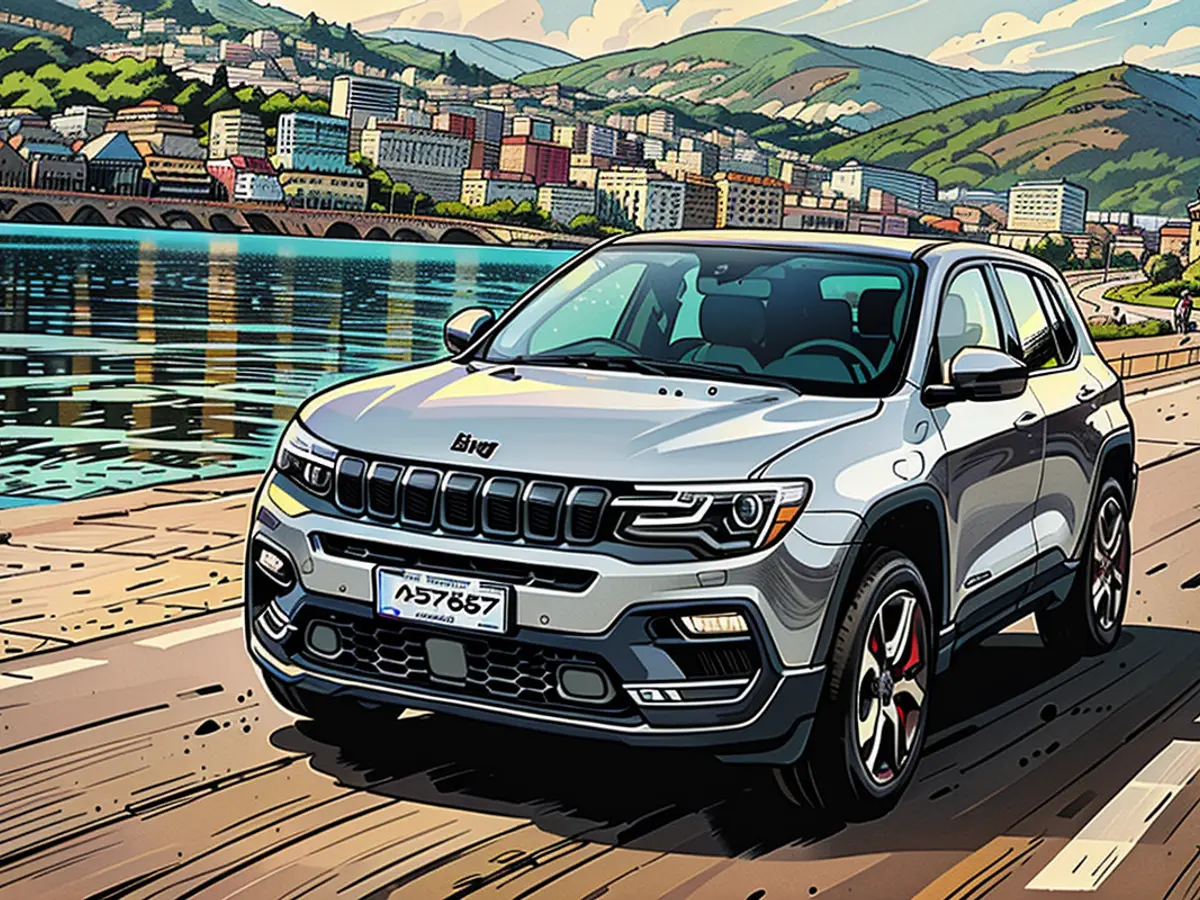From Fiat to Maserati: 36 series will be electrified
From the year 2030, Stellantis will only offer electric vehicles in Europe. But until then, the automaker will strongly sell petrol cars that at least have some electric driving capability. This brings more weight and higher costs with it - for that, consumption decreases.
The multi-brand group Stellantis will significantly expand its offering of passenger car models with hybrid drive in the near future. A total of 30 series will be available in the EU markets this year with the new powertrain solution, which combines a 1.2-liter gasoline engine with a 21 kW/28 PS strong E-Motor and a 0.9 kWh large 48-volt battery. Six more series will follow by 2026. Except for a few exceptions with optional manual transmissions, the hybrid system will be combined with the latest eDCT generation, a Six-speed Double Clutch Transmission. According to Francesco Cimmino, Stellantis' Chief Engineer for Hybrid Drive Systems, this transmission will be the heart of the powertrain.
Is it a mild or full hybrid system? Christian Müller, responsible for SVP Propulsion Systems EMEA and Joint Venture Coordination at Stellantis, leaves out the prefixes and speaks of a hybrid. As an alternative in the hybrid portfolio, Stellantis will also offer higher positioned Plug-in Hybrids with high-voltage technology and adapted eDCT with over 80 kilometers E-Range. The less complex 48-volt hybrid system allows sailing up to 130 km/h and up to one kilometer of pure electric driving.
More Technology - More Weight, More Costs, Less Gas
The additional technology adds some weight over classical gasoline engines, amounting to more than 100 kilograms. An Opel Corsa Hybrid comes to around 1.2 tons in total weight. In return, the additional technology causes a reduction in fuel consumption of up to 20 percent. According to Cimmino, this is a "Rightsize Solution".
This necessitates the customer to pay more. According to Müller, it is around 2000 Euro more compared to the base gasoline engine. In return, the buyer gets a automatic transmission, E-Boost and the fuel consumption reduction. Initially, models in the B-, C- and lower D-segments will be offered with the hybrid drive. Later, the powertrain technology could also be used in smaller series. Among the series are Alfa Romeo Junior/Tonale, all versions of Citroen C3, C4 and C5, DS 3 and 4, Fiat Panda and 600, Jeep Avenger, Renegade and Compass, Lancia Ypsilon, Maserati Grecale, Opel Corsa, Astra, Mokka, Frontera and Grandland, Peugeot 208, 308, 408, 2008, 3008 and 5008.
Sales increase of 41% expected
Stellantis expects its hybrid sales this year to increase by 41% compared to 2023. The global automaker has a capacity of around 1.2 million eDCT from 11 involved production sites.
Stellantis' hybrid offensive is also a clear statement that it intends to sell gasoline engines in the coming years. This is a response to the high demand for hybrid models from the customer side. At the same time, Müller emphasizes that Stellantis will continue to adhere to its electrification goals, CO2 reduction goals and the expansion of the BEV offering. Accordingly, all PCG sales in Europe and 50% of PCG and LCV sales in the USA should be BEVs by 2030.
- In addition to its electric vehicle plans for Europe after 2030, Stellantis is boosting its hybrid car models, with 30 series available this year, including Opel Models like the Corsa.
- Maserati, part of the Stellantis group, will also offer Plug-in Hybrids with high-voltage technology, providing an E-Range of over 80 kilometers.
- Among the hybrid models from Stellantis, you can find Fiat Models such as the Panda and 600, as well as Citroen Models like the C3, C4, and C5.
- Other Stellantis brands, like Jeep and Lancia, have their hybrid models available, such as the Jeep Avenger and the Lancia Ypsilon.
- The expansion of hybrid cars within Stellantis doesn't affect their long-term goals, with all PCG sales in Europe and 50% of PCG and LCV sales in the USA expected to be BEVs by 2030.









